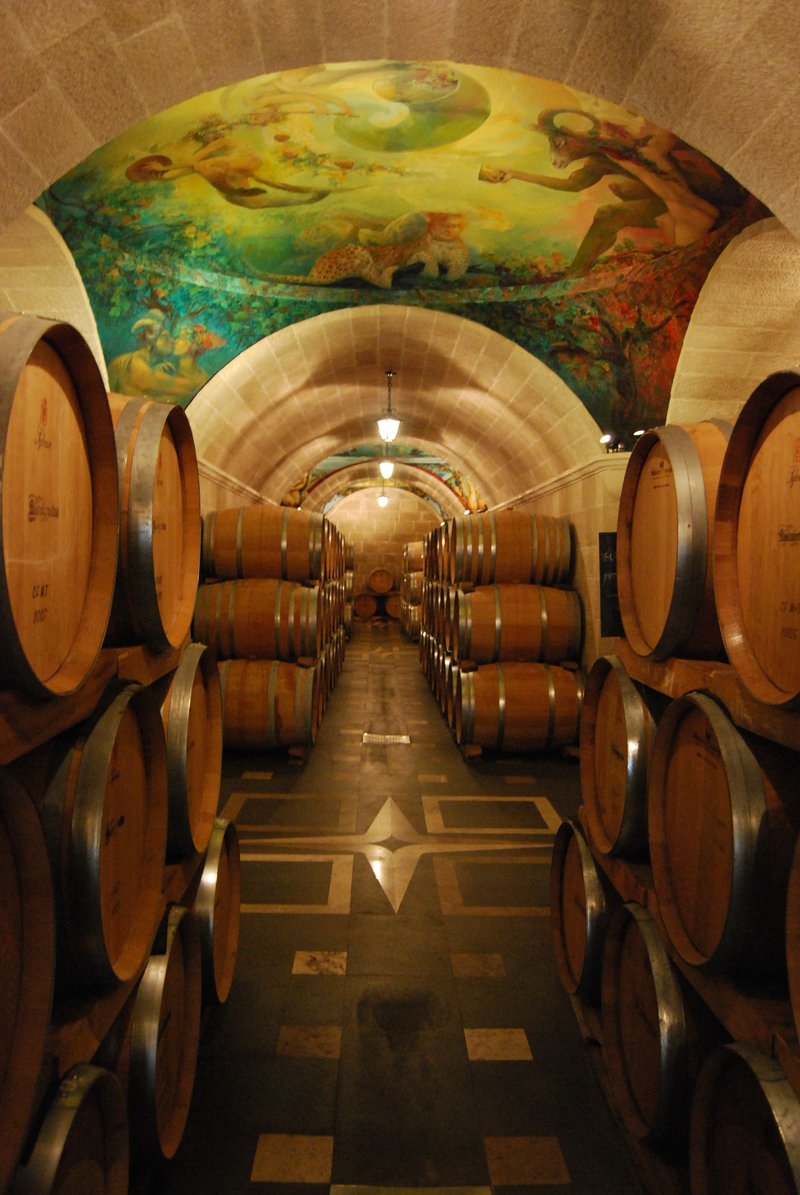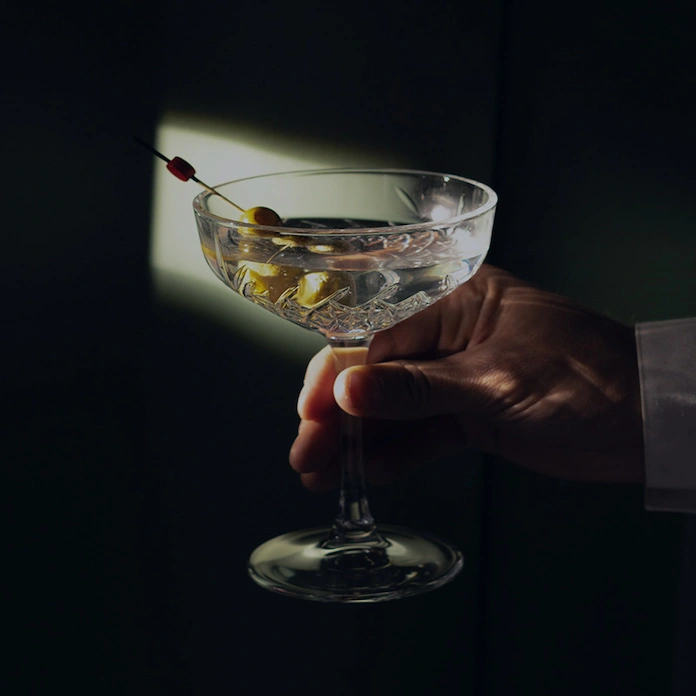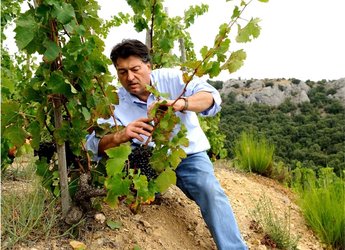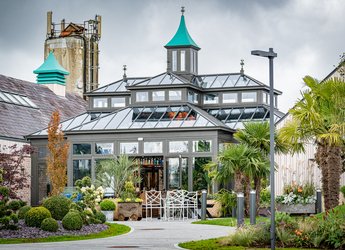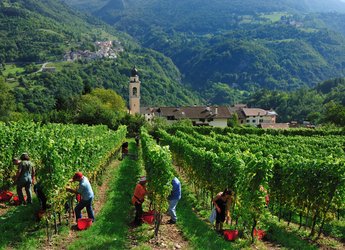

Mastroberardino Champions of Campania Wines
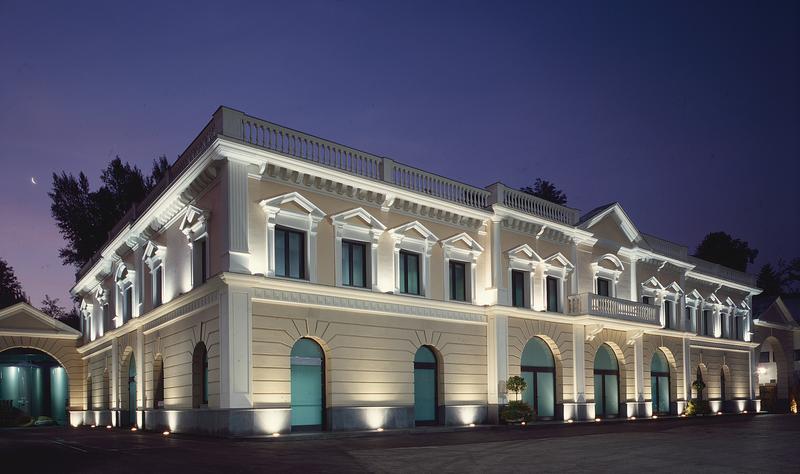
Viticultural saviors. Quality revolutionaries. Winemaking pioneers.
The Mastroberardinos have been called many things over the course of their rich, 10-generation history. But above all else, they are Campania’s greatest champions and are responsible for a quality renaissance in the south that’s turned them into a global leader in viticulture and varietal rehabilitation.
The family settled in the town of Atripalda, Campania in 1747, putting down their radici produndi (deep roots) in the bucolic district of Irpinia during the reign of the House of Bourbon. An important local family, the Mastroberardinos built a prosperous winemaking business, farming grapes and producing their own wine. But the family’s mettle would be tested as war, depression, a cholera epidemic, and an outbreak of phylloxera rocked the region in the early half of the 20th century.
With the family’s operations and vineyards left in ruins after World War II, ninth-generation Antonio took on the daunting endeavor to rebuild and expand. But he wanted to do things his way — the traditional way. So, while his counterparts across Italy were opting to plant popular international grapes, Antonio vehemently advocated for the revival of indigenous varieties, especially nearly extinct local grapes fiano, greco, and aglianico.
In 1968, he bottled a trio of Taurasi Riserva wines, labeled with the names of specific areas within Taurasi where the grapes were harvested. This concept of site-specific designation was a groundbreaking approach in Italian viticulture and, while those three wines are no longer produced, Antonio’s foresight and innovation brought attention and prestige to Campanian wines and helped ignite a quality winemaking revolution in the region.
Today, Piero Mastroberardino, Antonio’s son and the 10th generation, is the force behind the family’s estate and legacy. Alongside chief winemaker, Massimo di Renzo, Piero is carrying his father’s unwavering resolve and vision into the future with one goal in mind — to continue to showcase Campania as one of the world’s top regions for fine, terroir-driven wines.
Terroir
Campania, located just above the toe of Italy’s “boot,” is blessed by the perfect conditions for stellar winemaking, with its trademark volcanic soils and relatively high altitude. The region’s “pre-alpine” commune of Irpinia is sheltered from rain, frost, and excessive humidity thanks to the rolling Apennine foothills that arch across the territory. Despite its southerly latitude, the region experiences cold and snowy winters and, at 300 to 600 meters / 985 to 1,640 feet above sea level, the significant diurnal shift locks in aromatic intensity and flavor concentration. Mastroberardino’s 14 vineyard estates are spread over a total of 317 hectares / 785 acres and cover three DOCG production areas of Irpinia: Greco di Tufo, Fiano di Avellino, and Taurasi. This is exceptional terroir, with a sense of place shining through brilliantly in every bottle.
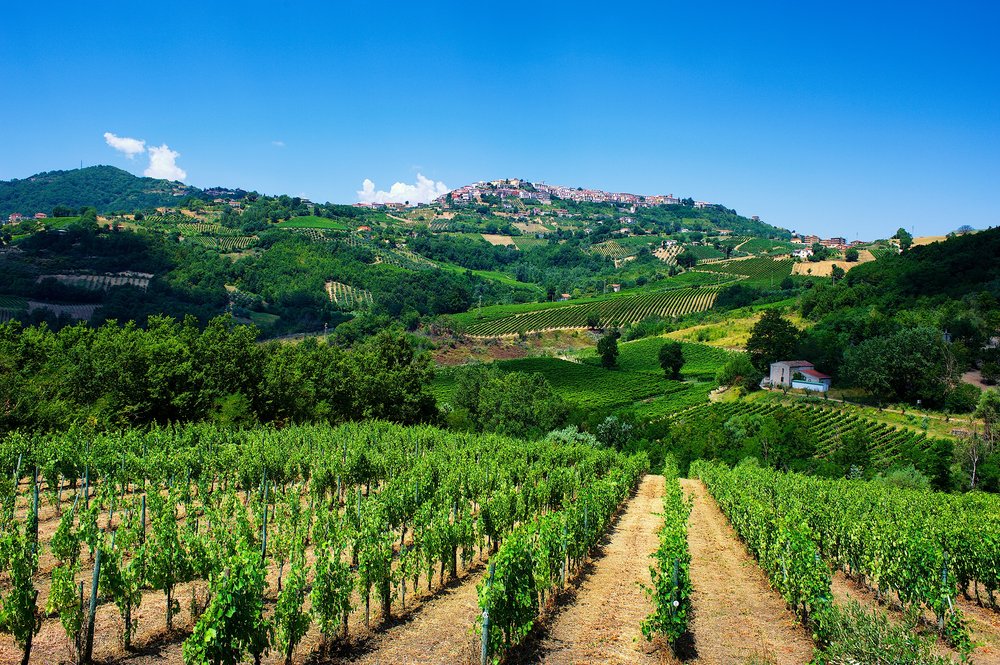
Viticulture
Sustainability, craftsmanship, and respect for the land are core pillars in each of the Mastroberardino vineyards, all of which have been carefully selected over the last several decades by Antonio and Piero. Each site is planted with specific clones best suited for the terroir, built on years of research and painstaking attention to detail, with average vine age in some of their top sites reaching 50+ years. The family’s efforts have yielded a portfolio of wines that are expressive of their unique, Irpinian provenance. The Mastroberardinos’ vineyards are almost completely planted with native Campanian varieties including aglianico, greco, fiano, and coda di volpe.

Modern Winemaking + Native Yeast Selection
In general, fermentations occur in temperature-controlled stainless-steel tanks. Aging methods vary from stainless steel (whites and rosatos) to French barriques and Slavonian casks (reds) before further aging in the bottle. For several years, the winery has also been selecting and isolating specific yeast strains from grapes in their estate vineyards. To maintain the purity of these strains, the team aims to reduce external influences, such as pesticides and certain technology that can harm the grapes and vineyard environments.
